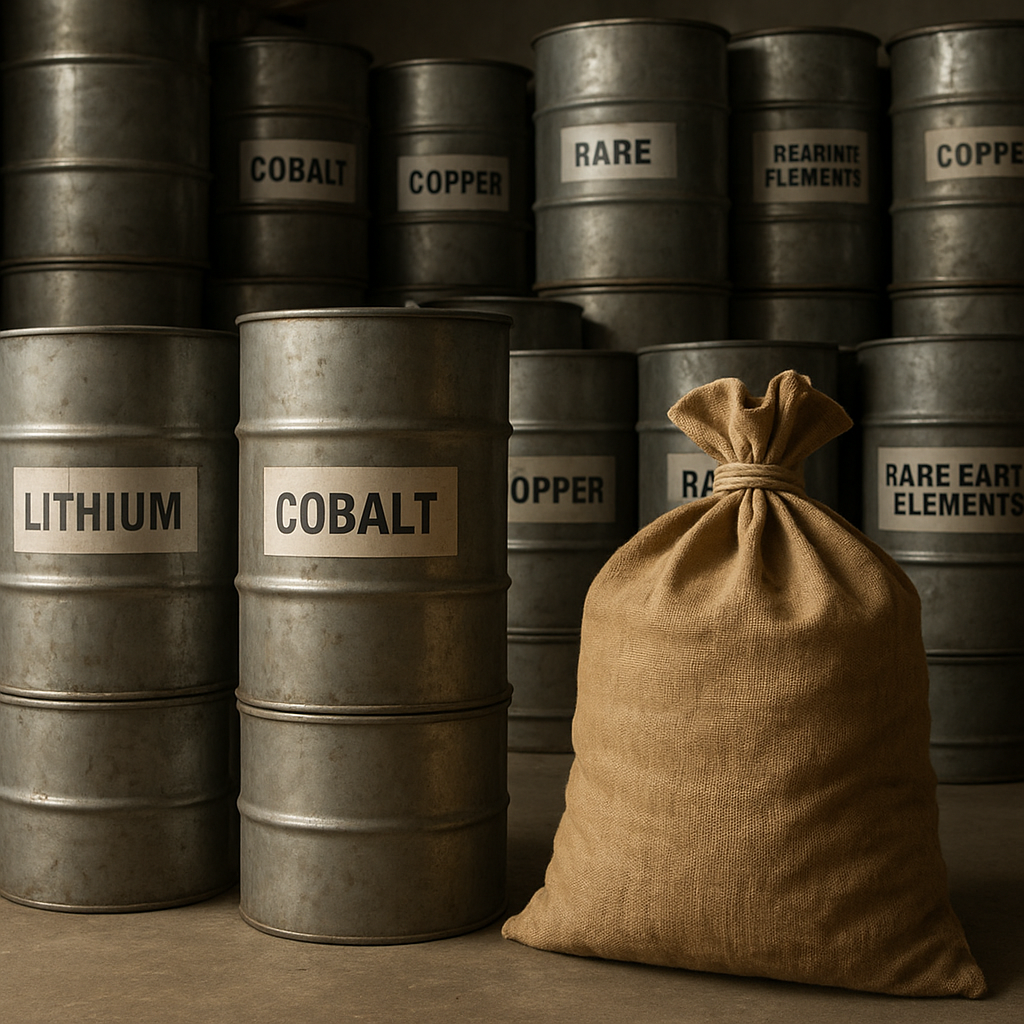The strategic importance of rare metals in aerospace and defense has become a focal point for industries and governments worldwide. These metals, often referred to as critical materials, play a crucial role in the development and advancement of technologies that are essential for national security and technological superiority. As the demand for these materials continues to rise, understanding their significance and the challenges associated with their supply becomes increasingly important.
The Role of Rare Metals in Aerospace and Defense Technologies
Rare metals are indispensable in the aerospace and defense sectors due to their unique properties, which include high strength-to-weight ratios, resistance to corrosion, and exceptional thermal and electrical conductivity. These characteristics make them ideal for use in a wide range of applications, from aircraft and missile systems to advanced electronic warfare and communication systems.
In the aerospace industry, rare metals such as titanium, niobium, and tantalum are used extensively in the construction of airframes and jet engines. Titanium, for instance, is prized for its lightweight and high-strength properties, making it a critical component in reducing the overall weight of aircraft, thereby improving fuel efficiency and performance. Similarly, niobium and tantalum are used in the production of superalloys that can withstand extreme temperatures, which are essential for the operation of jet engines and other high-performance aerospace components.
In the defense sector, rare metals are equally vital. For example, rare earth elements like neodymium and samarium are used in the production of powerful permanent magnets, which are crucial for the operation of precision-guided munitions, radar systems, and other advanced military technologies. Additionally, metals such as beryllium and hafnium are used in the production of lightweight armor and nuclear reactors, respectively, further underscoring their strategic importance.
Challenges in the Supply Chain of Rare Metals
The supply chain for rare metals is fraught with challenges that can impact the availability and cost of these critical materials. One of the primary issues is the concentration of rare metal production in a few countries, which can lead to supply disruptions due to geopolitical tensions or trade restrictions. For instance, China is a dominant player in the production of rare earth elements, accounting for a significant portion of global supply. This concentration of production poses a risk to other countries that rely on these materials for their aerospace and defense industries.
Another challenge is the environmental impact of rare metal extraction and processing. The mining and refining of these materials often involve environmentally damaging practices, such as the release of toxic waste and the destruction of ecosystems. As a result, there is growing pressure on companies and governments to adopt more sustainable practices and to invest in technologies that can reduce the environmental footprint of rare metal production.
Furthermore, the recycling and recovery of rare metals from end-of-life products remain limited, which exacerbates supply constraints. While there is potential for recycling to play a more significant role in meeting demand, the current infrastructure and technology for recovering rare metals are not yet fully developed. This presents an opportunity for innovation and investment in recycling technologies that can help alleviate supply pressures and reduce reliance on primary extraction.
Strategies for Ensuring a Stable Supply of Rare Metals
To address the challenges associated with the supply of rare metals, several strategies can be employed to ensure a stable and secure supply for the aerospace and defense sectors. One approach is to diversify the sources of rare metals by investing in the exploration and development of new mining projects in different regions. This can help reduce dependence on a single country or region and mitigate the risks associated with supply disruptions.
Another strategy is to promote research and development in alternative materials and technologies that can reduce the reliance on rare metals. For example, advancements in material science could lead to the development of new alloys or composites that offer similar properties to rare metals but are more abundant and easier to produce. Additionally, investment in technologies that improve the efficiency of rare metal usage can help extend the lifespan of existing resources and reduce overall demand.
Governments and industries can also collaborate to establish strategic reserves of rare metals, similar to those maintained for oil and other critical resources. These reserves can act as a buffer against supply disruptions and provide a measure of security for industries that rely heavily on these materials. Furthermore, international cooperation and agreements can play a role in ensuring a stable supply of rare metals by promoting fair trade practices and reducing barriers to market access.
In conclusion, the strategic importance of rare metals in aerospace and defense cannot be overstated. As these industries continue to evolve and grow, the demand for rare metals will only increase, making it imperative to address the challenges associated with their supply. By adopting a multifaceted approach that includes diversification, innovation, and international cooperation, it is possible to secure a stable and sustainable supply of these critical materials for the future.












